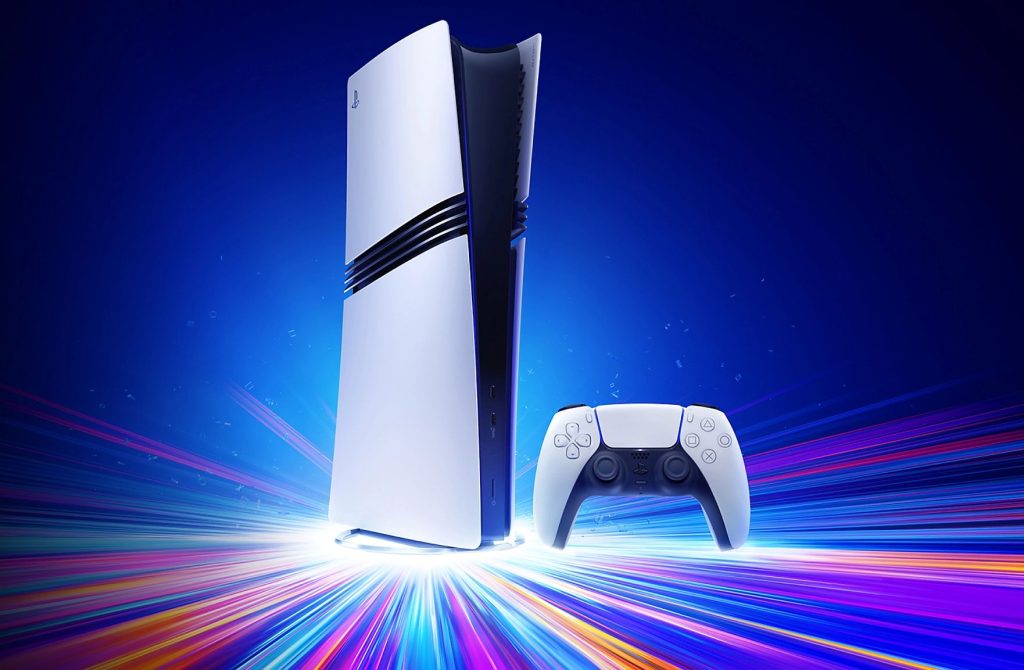
AMD kept PlayStation 6 deal
Gaming consoles present a challenging business proposition for chip manufacturers, though they remain lucrative for console makers like Sony. Recent news about Intel potentially losing the PlayStation 6 deal to AMD requires a nuanced understanding of the market dynamics.
Key Points
- Intel’s Position: It’s difficult to lose a deal you never had. Intel likely chose not to undercut AMD’s pricing to secure the PlayStation 6 contract.
- Sony’s Strategy: As with any business, Sony will award contracts to competitors offering lower prices than current suppliers.
- Low Margins for SoC Manufacturers: Console chips typically offer low margins for System-on-Chip (SoC) manufacturers.
Historical Context
- Nvidia held the Sony deal in 2006 with PlayStation 3.
- AMD secured the PlayStation 4 contract in 2013.
- Nvidia allowed the PlayStation deal to go to AMD for PS4 and PS5, as CEO Jensen Huang disfavors low-margin products.
- Nvidia’s exit from the mobile market was partly due to challenges in competing in high-volume, low-margin segments.
- Nvidia remains in high-margin areas of the automotive business, such as ADAS/self-driving technology.
Market Dynamics
- Reuters acknowledges the lower margins in console chips compared to the broader chip industry but notes the steady income they provide.
- AMD often cites market share numbers, compensating for low margins with high volumes in the console business.
- Nvidia retains the Nintendo contract, likely negotiating better margins compared to Sony’s PlayStation chip pricing.
- Console makers (Sony, Microsoft, Nintendo) offset low hardware margins by selling high-margin game titles.
Intel’s Potential Strategy
- Manufacturing PlayStation 6 chips in-house could be more attractive for Intel than designing them.
- This approach would require Intel to allocate significant resources to meet Sony’s needs.
Impact on AMD’s Business
- A clear correlation exists between AMD’s focus on semi-custom deals for Sony and Microsoft consoles and the decline in its discrete GPU business.
- Paul Alcorn, Managing Editor of Tom’s Hardware US, revealed that Jack Huynh (AMD’s SVP and GM of Computing and Graphics Business Group) confirmed the company is deprioritizing high-end GPUs.
- This shift suggests AMD lacks the resources or opportunity to compete effectively with Nvidia in the high-end GPU market.
Industry-wide Challenges
- Even industry leaders like Apple face limitations due to TSMC’s N3 process constraints.
- These challenges could create opportunities for Intel’s fabs if their 18A process delivers as promised.
Conclusion
The gaming console chip business presents a complex landscape for manufacturers. While it offers high volumes and steady income, the low margins make it a challenging proposition. AMD’s focus on this sector has implications for its broader product strategy, particularly in high-end GPUs. Meanwhile, technological limitations in current manufacturing processes could reshape the competitive landscape, potentially benefiting companies with advanced fab capabilities like Intel.